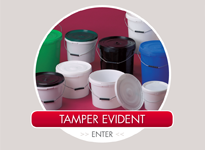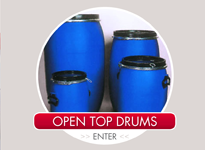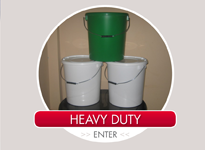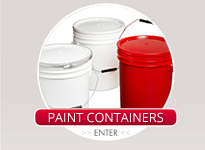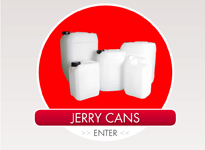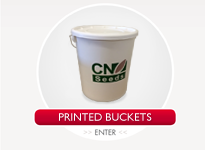

'Water' jerry cans used for?
December 27, 2013 at 11:26 AM
 At H&O we manufacture a lot of ‘H2O plastics’: containers for storing and transporting water in. Our plastic jerry cans are ideal for carrying water as they don’t rust and are food grade approved. They also come with a tamper evident cap, which is vital when carrying pure water. Why? We thought we’d look a bit deeper into the types (yes plural) of water our plastic containers are used for.
At H&O we manufacture a lot of ‘H2O plastics’: containers for storing and transporting water in. Our plastic jerry cans are ideal for carrying water as they don’t rust and are food grade approved. They also come with a tamper evident cap, which is vital when carrying pure water. Why? We thought we’d look a bit deeper into the types (yes plural) of water our plastic containers are used for.
There’s a common perception that water is all the same. Admittedly most people know there are two types – fresh water in the rivers, salt water in the seas – but essentially, if you belly flop into either you are going to get the same kind of wet.
Of course this rather facetious contention falls down when you realise that actually, there are many, many kinds of water, even within the category of ‘pure’ water. There are so many, in fact, it can be tricky to distill their own differences. However, just to break down the pure water category, we might consider Ultraviolet Oxidat water, Carbon Filtration water, and RO Water, where the ‘R’ and ‘O’ stands for Reverse Osmosis. Even more convoluted is the process of drawing already deionised water through a deionisation plant so the process actually takes place twice. This is known as Double Deionised water. Of course many of us in our own homes like to purify water with domestic purifying jugs to filter out impurities. This can also happen on an industrial scale using a distillation process to create Distilled Water.
The most common type of ‘pure’ water is Demineralised water – which in itself is often referred to as DI Water, DIW, or Demin Water. The demineralisation process takes place in a deionisation or demineralisation plant, using very specialised equipment. Water is drawn into the plant and passes over a number of resin beds that extract impurities from the water, such as the minerals and ions that give mineralised, or ionised, water its name. The minerals and ions are removed, thus leaving the resulting water ‘de-mineralised’ or ‘de-ionised’.
Pure water containers
The point of this process is that the resulting ‘pure’ water is of an extremely high quality, pure enough to be used in a variety of ways. In a more domestic context, these might include aquariums, steam irons and room humidifiers, where occupants might require particularly pure air for health reasons. In fact, you might well have used demineralised water without even knowing it - if your cosmetics and make-up use the word ‘aqua’, they are very probably referring to the demineralised water within the ingredients. Step outside the house and we find the uses of demineralised water continue. This pure water is used in car batteries and equally, when you take your car for a trip through the car wash, you may well find that demineralised water is used for the final rinse, as it is pure and therefore won’t leave any marks or smears on your car.
Our jerry cans are more often used in industrial situations. Demineralised water is deployed in the laser cutting process, aircraft engine cooling systems, car cooling systems and perhaps most usefully, to create the ‘fine mist’ that firefighters use to combat fires. Finally, in a laboratory context, demineralised water is used in much laboratory testing, and also applications such as autoclaves.
So water - it turns out - is not just water. And the Ancient Mariner had it right… sometimes there is ‘water water everywhere’… and perhaps not all of it is to drink.
Especially if its kept in a tamper evident jerry can!
Add Pingback


